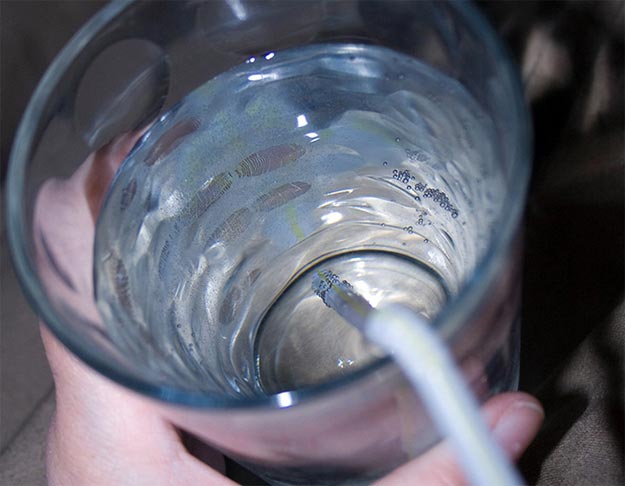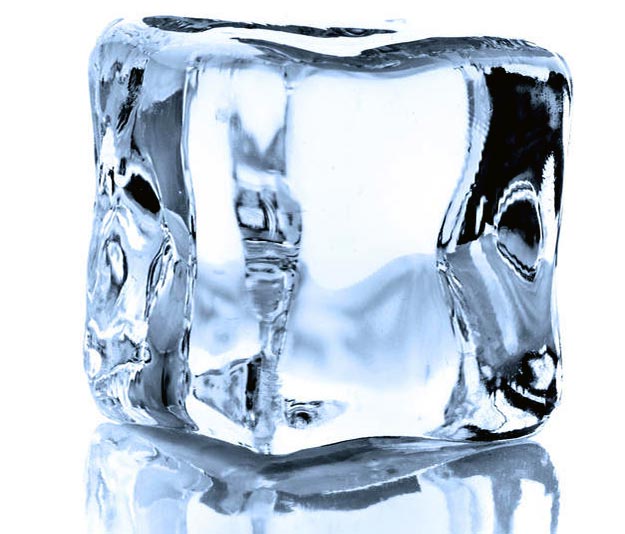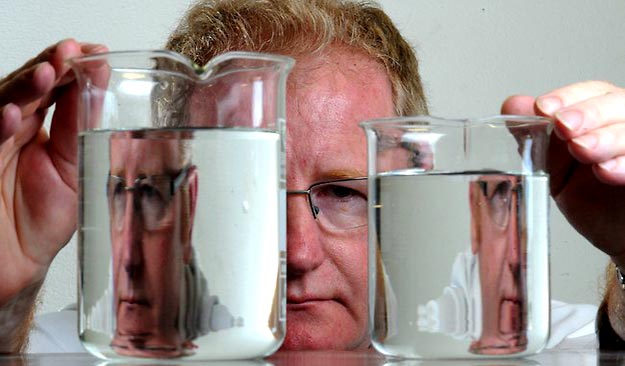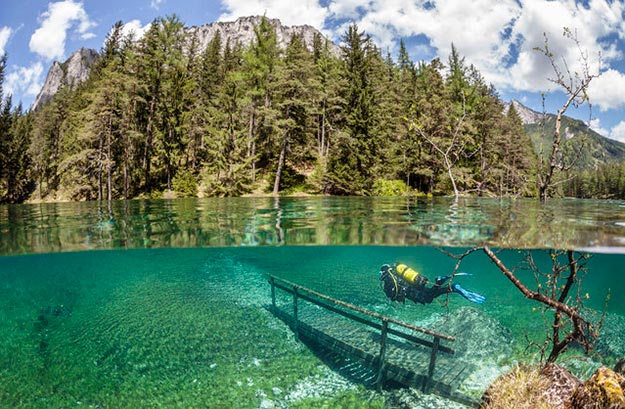From cooking fish on a rock to building a DIY wood gasifier from old cans, Paul Osborn of BC Outdoor Survival has shown us some pretty cool little survival tricks in his time.
But the title of his latest video had me a little flummoxed—can you really start a fire with water? 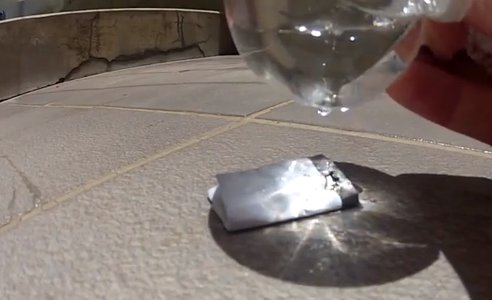 It turns out that what Paul is talking about is creating a lens using nothing but water and household plastic wrap—and then using that lens to focus the sun’s rays on a piece of paper or other flammable material. (Like these DIY firelighters Paul showed us how to make before.)
It turns out that what Paul is talking about is creating a lens using nothing but water and household plastic wrap—and then using that lens to focus the sun’s rays on a piece of paper or other flammable material. (Like these DIY firelighters Paul showed us how to make before.)
It turns out that his water trick is not only possible, but relatively simple. The biggest challenges appear to be keeping the light focused, stopping your lens/balloon from dripping on the fledgling fire, and of course if you are a survivalist video blogger, maintaining steady camera work as you do it. Read more

